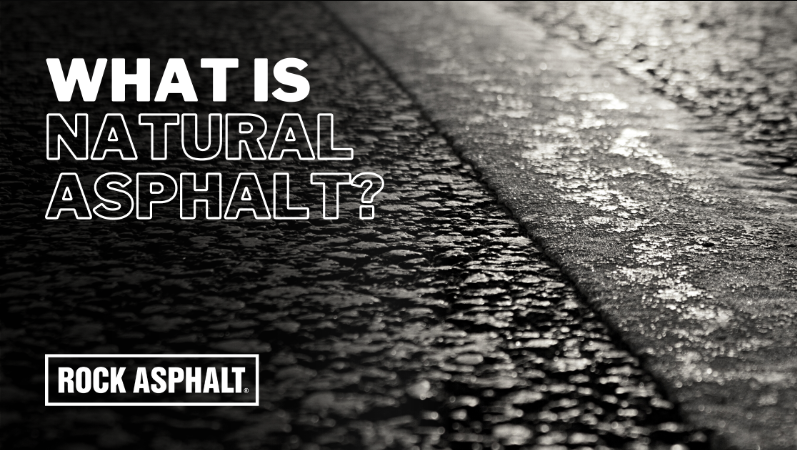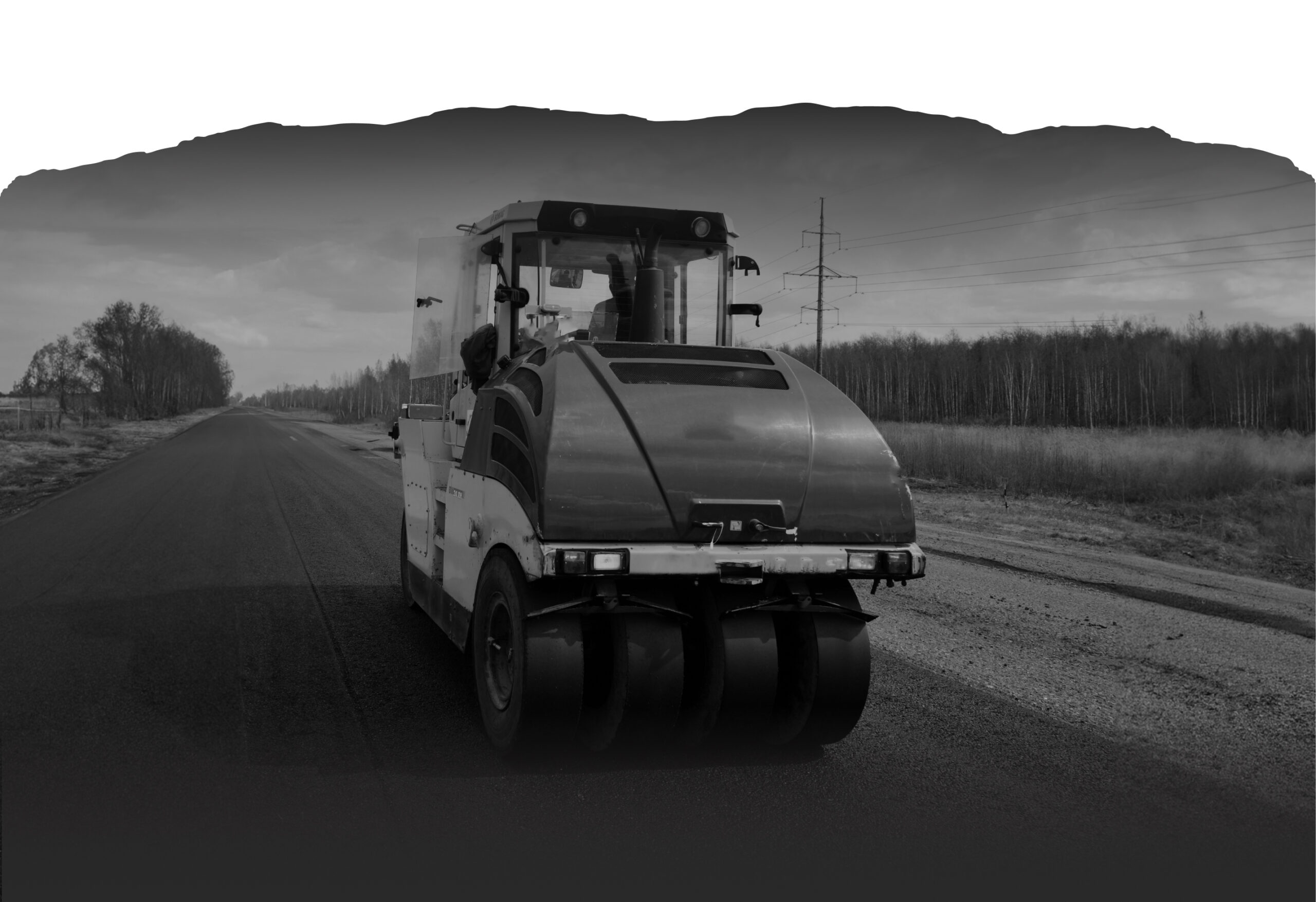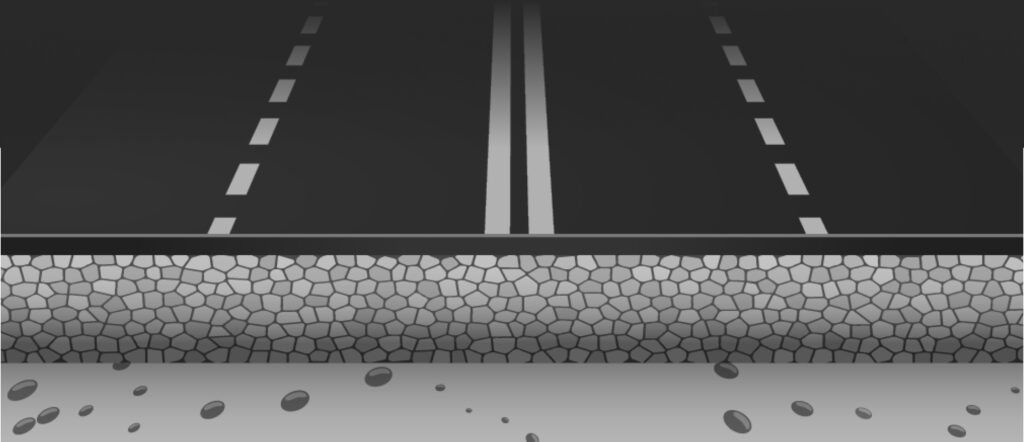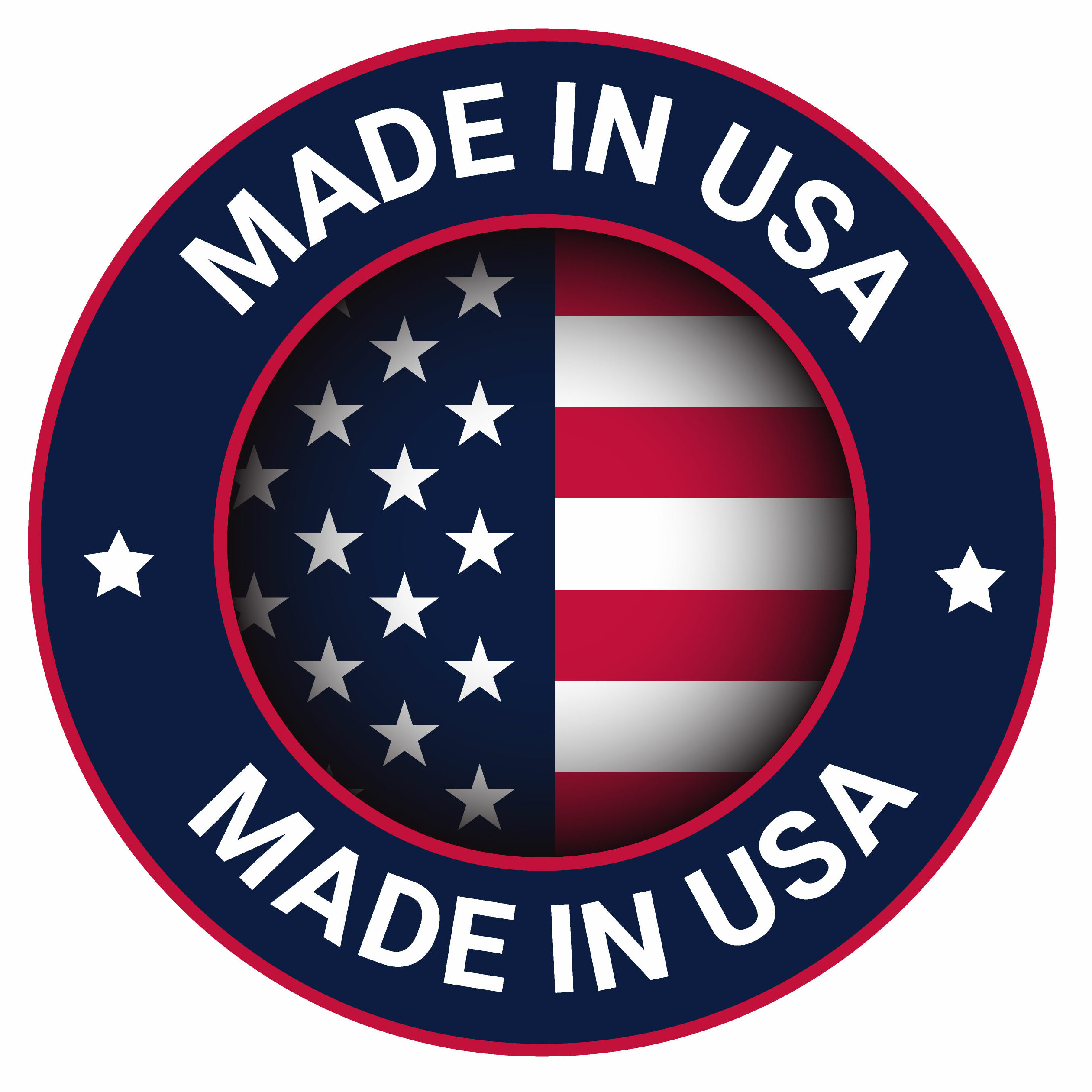What is Natural Asphalt?

Natural asphalt is exactly what it sounds like, a naturally-occurring material capable of performing the function of paving without going through the manufacturing process.
However when most people think of asphalt, they more than likely picture manufactured materials like hot mix or cold patch asphalt.
Although these are currently the two leading forms of asphalt in the industry, the third option is faster, stronger, safer, and 70 millions years older than the rest: natural asphalt.
This natural material may be lesser known than its counterparts, but its paving ability outperforms both forms of manufactured mixes in a multitude of ways.
Municipalities, DOT’s, and school districts are switching to natural paving materials because of just how well it performs over manufactured mixes.
In this article we’ll discuss the history of natural asphalt, what makes it different from manufactured mixes, and why this natural material is growing in popularity as the leading choice for high-performance road maintenance for countless organizations.
And it just so happens that this rare union of natural materials is exactly what we mine in our backyard in South Texas to produce RockAsphalt©.
A Brief History of Natural Asphalt

RockAsphalt© mine outside of Uvalde County Texas circa 1910
Some people claim that the story of RockAsphalt© begins in 1885 when the Lathe Carbon Company first mined bitumen in our corner of southwest Texas.
Others argue it wasn’t until the early 1890’s when the city of San Antonio used bituminous Anacacho limestone to pave downtown Crockett Street.
Still others say the story only really starts in 1928, when asphalt began to be shipped to New York City, Philadelphia, and other northeastern states to compete against natural bitumen materials imported from Trinidad.
While this range of years may account for the birth of RockAsphalt©, the true history of natural asphalt actually begins much earlier — 70 million years ago in fact, if you ask most geologists.
It was then during the late Cretaceous period (about 70 million years ago) when diagenetic processes first began to transform carbon sediments into the rock we now call Anacacho limestone.
Later, when pressure from surrounding rock formations caused migrating hydrocarbons to permeate that porous limestone, the result was a unique bitumen impregnated rock, or what geologists today refer to as “native” or “natural asphalt.”
The result? It turns out that 70 million years of heat and pressure imbuing native Anacacho limestone with a concentrated bitumen binder creates an extremely unique and powerful paving material.
When this native Anacacho limestone is crushed into a rock aggregate of varying gradations and compacted, the concentrated bitumen inside the rocks seeps out and forms a permanent, weather-resistant bond immediately.
Granted when most people think of asphalt, it’s not natural but manufactured asphalt that comes to mind. Why?
Well, as demand for paved roads increased sharply after World War II, more and more asphalt material had to be artificially manufactured from distilled crude oil and rock aggregate to keep up.
There are a few other natural asphalt deposits besides the one we mine in Uvalde, TX, but due to the depth and location of the material, few have been successfully mined.
Because of this, manufactured materials were created in an attempt to replicate the unique bonding action of natural asphalt.
What is the Difference Between Natural and Manufactured Asphalt?

Manufactured Asphalt is often dependent on chemical bonding agents and curing times in order for the material to harden.
The difference between manufactured and natural asphalt isn’t just a matter of how they’re made — it’s what they’re actually made of that’s the real difference.
Basically, manufactured asphalt is just gravel covered in an oily glue. Asphalt cement or a mixture of chemical solvents is required for these manufactured materials to bond. The reason for this process is simple: artificially manufacturing a material like natural asphalt costs far too much to be practical.
It requires enormous amounts of heat and pressure to force bitumen into rocks. In fact, the manufacturing process of asphalt is an attempt to replicate the bonding action of natural asphalt.
Most manufactured asphalts fall into one of two categories:
- Hot Mix: Widely used for new road construction and arguably the most common paving material in the United States, this material must maintain a temperature between 300 to 350 degrees Fahrenheit in order to remain workable. Hot mix becomes unworkable once the air temperature drops below 50 degrees Fahrenheit.
- Cold Patch: Cold patch asphalt is used for temporary repairs like potholes, cracks, and utility cuts in colder temperatures when hot mix is either unavailable or unworkable. Many cold patches require chemical reactions to bond and unexpected changes in ambient moisture or temperature often disrupt the stability of the material. This can even occur long after the patch is initially applied.
These manufactured materials are often weather-sensitive, time-restrictive, or hazardous. And because of these restrictions, natural asphalt outperforms manufactured mixes in numerous ways.
What are the Benefits of Using Natural Asphalt?

Natural Asphalt is reliable in extreme weather conditions and hardens immediately, reducing liability and risks from failed patches.
All-Weather Reliability
One reason weather conditions don’t affect RockAsphalt© the way they do manufactured patches is because of the binder that is trapped in the interstices of the rocks themselves, not coated on afterwards.
And it’s pressure — not evaporation or any other weather sensitive chemical reaction — that causes RockAsphalt© to bond.
On compaction, the bitumen is excreted from the rocks, displacing any air and moisture that otherwise would get trapped in many manufactured materials.
For organizations located in colder climates, this is especially effective, as hot mix is often unworkable or unavailable throughout a majority of the year.
While cold mix may offer a temporary solution in colder temperatures, their curing times and chemical solvents often result in failed patches due to changes in weather or heavy traffic.
These failed patches often cost organizations inordinate amounts of time and money in order to fix time and time again.
Natural asphalt allows organizations to make permanent repairs in extreme weather conditions ranging from sub-zero temperatures to well above 100 degrees Fahrenheit.
And because of its simple application, repairs are done more efficiently, saving organizations time and money.
Traffic-Ready Immediately
The unique bonding action that allows natural asphalt to work in extreme weather conditions also lends to just how fast the material sets.
Because the material doesn’t harden due to fickle chemicals or temperature changes, repairs are immediate. Upon compaction, RockAsphalt© is ready for heavy and high-volume traffic.
Generally with manufactured mixes, curing times range anywhere from 24 hours to a few weeks. It’s during these curing periods that many failed patches are formed and have to be repaired again.
Because of the unique bonding action and material’s durability, natural RockAsphalt© is used by DOT’s nationwide for pothole repair and new road construction.
This immediate bond helps streamline repairs and more importantly, reduces liability and risks that result from failed patches.
Less Liability and Risk
As previously mentioned, the benefits of RockAsphalt© reduce an organization’s risk of being liable for accidents caused by a failed patch.
While failed patches can lead to accidents that become costly lawsuits, there are other hazards to using some manufactured mixes.
Natural asphalt is, well, natural, meaning it is 100% VOC free. The added chemicals in manufactured mixes are often highly toxic to workers and the environment.
The chemical additives in manufactured mixes create a tradeoff between performance and sustainability. (Basically the better the patch, the worse its potential impact on the environment and people’s health.)
In addition to its permanent bond that prevents failed patches, natural asphalt is completely safe to handle and passes strict VOC laws.
Natural Asphalt, A Better Paving Solution
Natural asphalt is the result of over 70 million years worth of heat and pressure impregnating native Anacacho limestone with a concentrated bitumen binder and the result is a unique, powerful paving material.
So powerful that the demand for more of it sparked a manufacturing process in an attempt to replicate it. But those manufactured asphalts can’t quite mimic the many great benefits of all natural asphalt.
Natural asphalt, like RockAsphalt©, isn’t just a durable, reliable, clean material. It’s a material that organizations are using to make their road repairs as often as needed with the reinforcement that their repairs will last. Using natural asphalt lessens liabilities and risks that come from relying on manufactured materials.
It’s almost ironic that the solution to high-performance road repairs has been around well before roads were. If you’d like to learn more about how natural RockAsphalt© can improve road maintenance for your organization, contact us today.

Ready to do road repairs the fast & easy way?
RockAsphalt© replaces cold and hot mix making road repair of all sizes fast, clean, simple and permanent the first time.
Try it for yourself and learn why crews love it.
Get your free sample bags and have your team see how fast and easy it is to permanently fix potholes.


